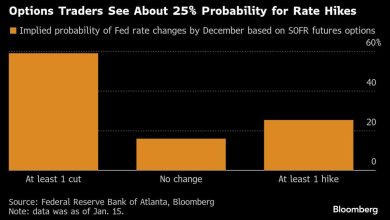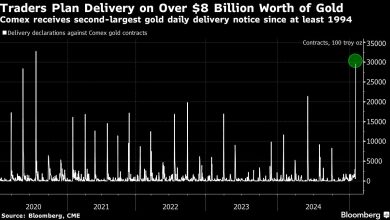Trump’s tariffs won’t hit all Americans equally. Here’s who gets hit the hardest

Lower-income Americans are likely to feel the brunt of the unprecedented tariffs President Donald Trump has set in motion.
The cost to lower-income families is magnified because economists say essentials like food, energy and auto parts are most exposed to the import tariffs Trump has threatened to impose over the next month.
In any financial shock, less affluent consumers typically have less room for error. But that’s especially true today because low-income families have been facing years of financial pressure due to a surge in the cost of living. Savings have vanished. Borrowing has spiked.
“US households are already suffering from high costs. This is going to add insult to injury,” Kimberly Clausing, a senior fellow at the Peterson Institute for International Economics, told CNN in a phone interview.
Trump tariffs on Mexico, Canada and China would cost the typical household about $1,200 per year, Clausing and her colleague Mary Lovely found in a new analysis. The good news is that Trump’s planned tariffs on Mexico and Canada have been delayed for a month. But the tariffs on China went into effect Tuesday morning, and China immediately retaliated with tariffs on US energy and metals.
That burden falls disproportionately on those who can least afford it: The tariffs on America’s biggest three trading partners will wipe out 2.7% of the income of the bottom 20% of earners, the Peterson Institute found.
“That’s a big hit if you’re living paycheck to paycheck,” Clausing said.
It’s more than double the 1.2% of income that would get slashed from the income of the top 20% of earners.
And the top 1% of earners would only lose 0.6% of their income, according to the Peterson Institute.
Clausing explained this is in part because lower-income families typically save less and spend more of their paychecks on goods like groceries and furniture and less on tuition and other items that won’t get impacted directly by tariffs.
Gregory Daco, chief economist at EY, said lower and middle-income families will “absolutely” get hit the hardest by tariffs.
Daco said that the combination of falling savings, higher debt burdens and tariffs is a “very risky” combination for the US economy. “We were already starting to see some cracks in the foundation of consumer spending,” he said.
One yellow light flashing on consumer spending is high debt levels.
The share of active credit card accounts only making the minimum payment climbed to nearly 11% during the third quarter of 2024, according to new estimates from the Federal Reserve Bank of Philadelphia. That’s the highest since records began in 2012.




